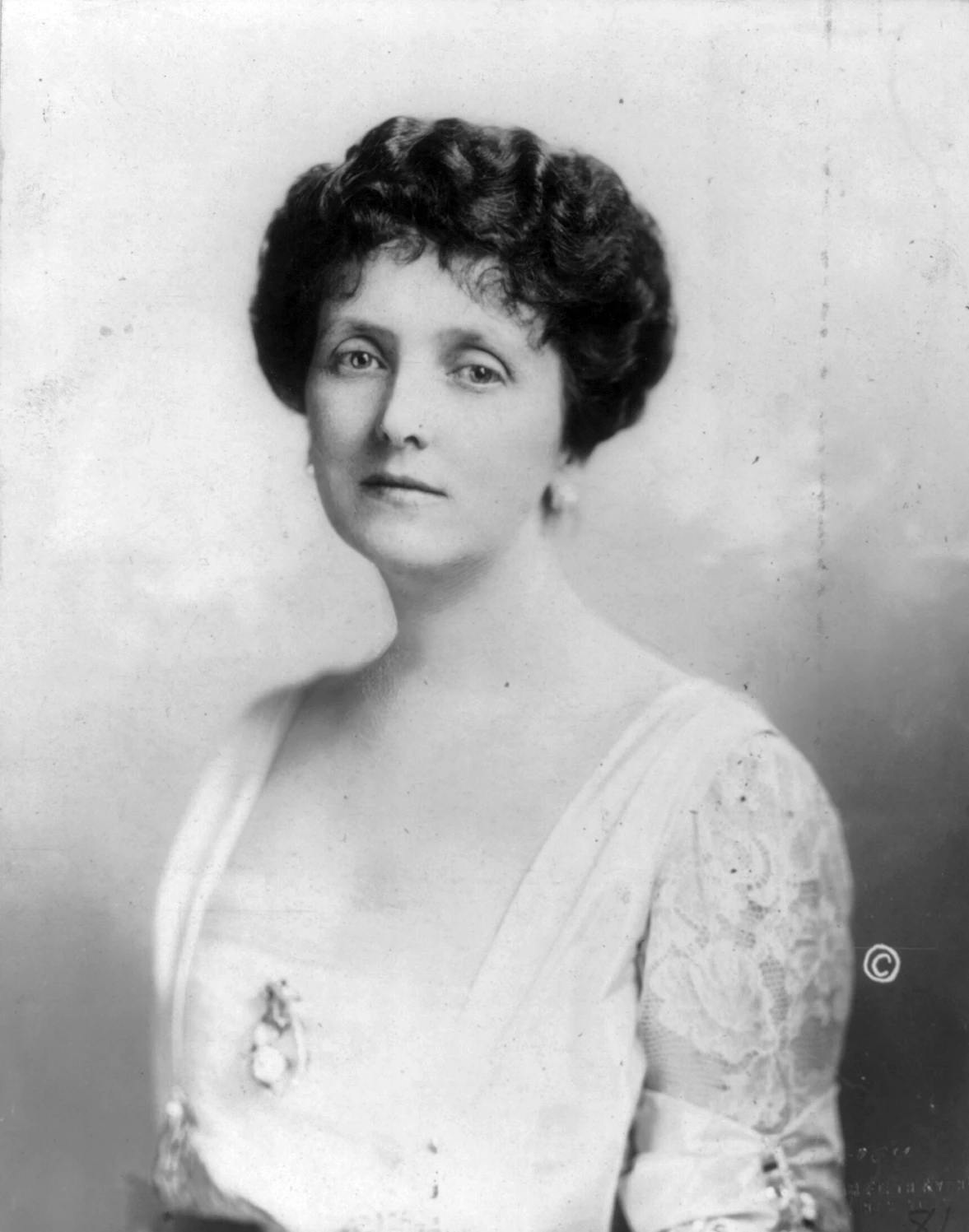Etiquette Lessons From Emily Post That We Should Bring Back Into Style
In this age of instant communication and virtual just-about-everything, have good old-fashioned manners gone out of style? Are handwritten thank-you notes and flowers for the hostess antiquated practices?

Perhaps rules of etiquette are being more and more disregarded these days, but that doesn’t mean that they should be. Maybe it’s time that we bring back some of the rules laid out by etiquette queen Emily Post.
Who Was Emily Post?
Born in 1872, Emily Post grew up in style and luxury. The daughter of a prominent architect, she split her younger years between Maryland, New York, and Maine, and was educated by governesses and at private schools. She met her husband at a ball on Fifth Avenue, and, after a high-society wedding, the two settled in New York’s Washington Square. Unfortunately, the marriage ended in divorce.

Emily Post, 1912. Public domain, via Wikimedia Commons.
Emily eventually turned her attention fully to writing, penning five novels and countless newspaper and magazine articles. In 1922, she published her first etiquette book entitled Etiquette in Society, in Business, in Politics, and at Home. The book may be nearly 100 years old, but many of its lessons and rules should still be heeded today.
Here are eight of Emily Post’s rules that we should bring back.
We Must Have Regard for Others
This list is best begun with Post’s version of the Golden Rule. It’s simple, straightforward, and absolutely necessary for a society to thrive:
“Consideration for the rights and feelings of others is not merely a rule for behavior in public but the very foundation upon which social life is built. Rule of etiquette the first — which hundreds of others merely paraphrase or explain or elaborate — is: Never do anything that is unpleasant to others.”
The first rule of etiquette is to “never do anything that is unpleasant to others.”
We Should Regulate Our Volume
“All people in the streets, or anywhere in public should be careful not to talk too loud.”
Post’s reasoning for this rule is that we should never draw attention to ourselves in public. Making a scene is always impolite and improper. Your conversations are best had at a volume that keeps things between you and the person(s) with whom you are speaking. The woman on the opposite side of the road doesn’t need to hear about your frustrating coworker or the date you have planned for Friday night.
Don’t Be a Bore
Post describes a bore as “one who is interested in what does not interest you, and insists that you share his enthusiasm, in spite of your disinclination.”
One should aim to never be a bore. When with another, discuss topics that are of mutual interest — and even ones that may not necessarily be of interest to you if the other so dictates. Post goes on to say that being bored is just as bad as being a bore.
Discuss topics that are of mutual interest.
“On the other hand, to be bored is a bad habit, and one only too easy to fall into… If you find yourself sitting in the hedgerow with nothing but weeds, there is no reason for shutting your eyes and seeing nothing, instead of finding what beauty you may in the weeds.”
According to Post, there’s never a reason to be bored! You have the ability to make your own sunshine even on the dullest of days.
Don’t Talk Too Much
For those who have a tendency to prattle, Post has some wise words:
“The faults of commission are far more serious than those of omission; regrets are seldom for what you left unsaid.”
“The chatterer reveals every corner of his shallow mind; one who keeps silent can not have his depth plumbed.”
“Don’t pretend to know more than you do… Only the very small mind hesitates to say ‘I don’t know’.”
“Above all, stop and think what you are saying!”
Essentially, speak less, but say more. Your words often carry more weight when you don’t utter too many of them. Of course, if you haven’t talked to your best friend in weeks (or even days), you may have to be a bit more loquacious. We won’t judge.
Strive To Be an Excellent Hostess
The art of hosting seems to be largely forgotten these days. Now, there’s nothing wrong with the casual BYOB get-together, but it’s good to know how to really and truly act as a hostess. The biggest takeaway from Etiquette is that the guest is number one. Your job is to make them comfortable, even if it’s not the most comfortable for you at times. Self-sacrifice is the name of the game.
The guest is number one, and your job is to make them comfortable.
“[The ideal hostess] must first of all consider the inclinations of her guests, she must not only make them as comfortable as the arrangements and limits of her establishment permit, but she must subordinate her own inclinations utterly. At the same time, she must not fuss and flutter and get agitated and seemingly make efforts on their behalf. Nothing makes a guest more uncomfortable than to feel his host or hostess is being put to a great deal of bother or effort on his account.”
Choose the Plainer Dress
“There is one rule that is fairly safe to follow: When in doubt, wear the plainer dress. It is always far better to be under-dressed than over-dressed. If you don’t know whether to put on a ball dress or dinner dress, wear the dinner dress.”
Post’s book is full of sound fashion advice, but this one may be the most universal and applicable guideline. Too often, the question of what attire is appropriate arises. This rule is simple and easy to remember. If you’re really torn between floor-length and cocktail, go with cocktail.
A Gentleman Offers His Arm
Even when we aren’t wearing heels, this is just a nice, chivalrous (even romantic) gesture.
“In accompanying a lady anywhere at night, whether down the steps of a house, or from one building to another, or when walking a distance, a gentleman always offers his arm.”
Last, but not least…
The Letter Everyone Loves To Receive
Yes, we can text and call and DM, but opening your mailbox to find a handwritten letter amid all of the bills and advertisements can make any day brighter. So, why don’t we send letters anymore? It’s time to bring back that practice. Post has some excellent advice on how to construct the perfect letter.
“The letter we all love to receive is one that carries so much of the writer’s personality that she seems to be sitting beside us, looking at us directly and talking just as she really would, could she have come on a magic carpet, instead of sending her proxy in ink-made characters on mere paper.”
Opening your mailbox to find a handwritten letter can make any day brighter.
It’s best, she adds, that the words flow easily, details about the writer’s thoughts and feelings (not just doings) are included, and plenty of kind words about the person to whom the letter is addressed are sprinkled throughout. Solicitude and fondness should be apparent. We also suggest using cute stationery like this.
Closing Thoughts
Our world is full of trends that come and change and go in the blink of an eye. Manners, however, never go out of style. What Emily Post outlined as decent behavior back in the 1900s still works for us today. Corsets and opera gloves may be a thing of the past, but kindness and consideration most certainly are not.